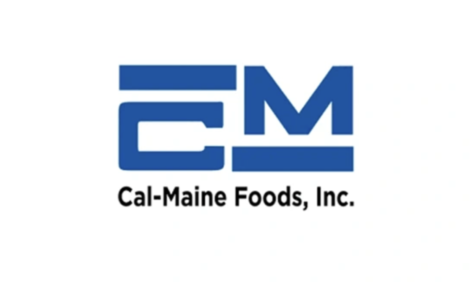



NCC Requests Review on Hatching Eggs for Processing
US - The National Chicken Council (NCC) has asked the US Food and Drug Administration (FDA) to revise its rule that would bar surplus hatching eggs from the egg processing market.NCC has asked the FDA to modify a rule that would have the unanticipated effect of virtually eliminating the market for hatching eggs that are not needed for broiler production and are sold to companies that can use them for processed food products.
Steve Pretanik, NCC's director of science and technology, said: "FDA's rule on handling of eggs was intended to apply to table eggs, and to apply it without warning to hatching eggs makes no sense and achieves no gain in food safety since processed egg products fully meet safety standards without the required refrigeration step."
The rule on 'farm to table shell egg safety' did not apply to hatching eggs when it was proposed in 2004, and the broiler chicken industry did not comment on the rule since it did not apply to the industry, according to the NCC petition to FDA. However, by the time the rule was published in final form in July 2009, it had been changed to apply to hatching eggs in such a way as to prevent them from being sold to processors known as 'breakers'.
The rule requires that any eggs being sold for human consumption must be refrigerated at 45°F no more than 36 hours after they are laid in order to control Salmonella. The table egg industry is set up to comply with the rule.
In the broiler chicken industry – which is completely separate from the table egg industry – however, eggs from breeder flocks can be held for several days at cool room temperature before being put into incubators. If a company does not need all the hatching eggs on hand, surplus eggs can be withheld from incubation and sent instead to egg breakers. In 2009, approximately 367 million surplus hatching eggs worth $5 million were sold to breakers.
Refrigerating hatching eggs at 45°F, as required for table eggs, is not an option since such a low temperature would ruin them as hatching eggs, the petition said. Since a company rarely decides if eggs are surplus as soon as 36 hours after lay, the FDA rule would have the effect of barring hatching eggs from the breaker market.
The refrigeration requirement is unnecessary for hatching eggs since breakers already pasteurise egg products to achieve a 99.999 per cent reduction in Salmonella, the same standard as applied to table eggs, Mr Pretanik said.
The requirement to refrigerate hatching eggs was apparently added to the rule on the basis of a single comment from an unnamed individual or company who told FDA that hatching eggs are already refrigerated, but did not explain that hatching eggs are kept at 65°F not 45°F, Mr Pretanik said, judging from the FDA discussion that accompanied publication of the final rule.
In its petition, NCC asked FDA to amend the final rule or to reopen the comment period with respect to application of the rule to hatching eggs.
Further Reading
| - | You can view the NCC's covering letter and petition to FDA by clicking here. |











